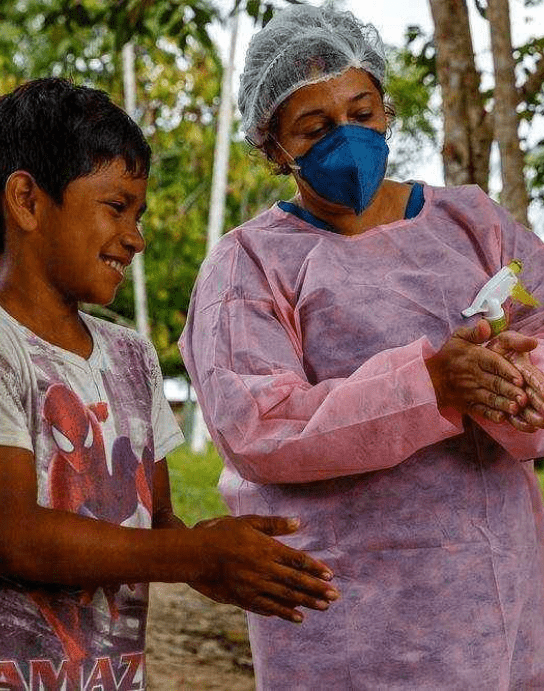Putting meningitis in context
Meningococcal meningitis is a highly contagious bacterial form of meningitis—a serious inflammation of the meninges—the thin lining that surrounds the brain and spinal cord. The vast majority of meningitis cases and deaths occur in Africa.
During the dry season (December to June), epidemics regularly hit countries in the African ‘meningitis belt’, a region that stretches across the continent from Senegal to Ethiopia. Between 1994-2014, close to one million cases of meningitis were reported in Africa, and 100,000 people died.
Even when the disease is diagnosed early and adequate treatment is started, 5 to 10 percent of patients do not survive, typically within 24 to 48 hours after the onset of symptoms. Left untreated, up to 50 percent of cases may die.







